S4 E103 Longest Walkable Distances (in a game) | UE: The Alchemist’s Confession (Nov 2023
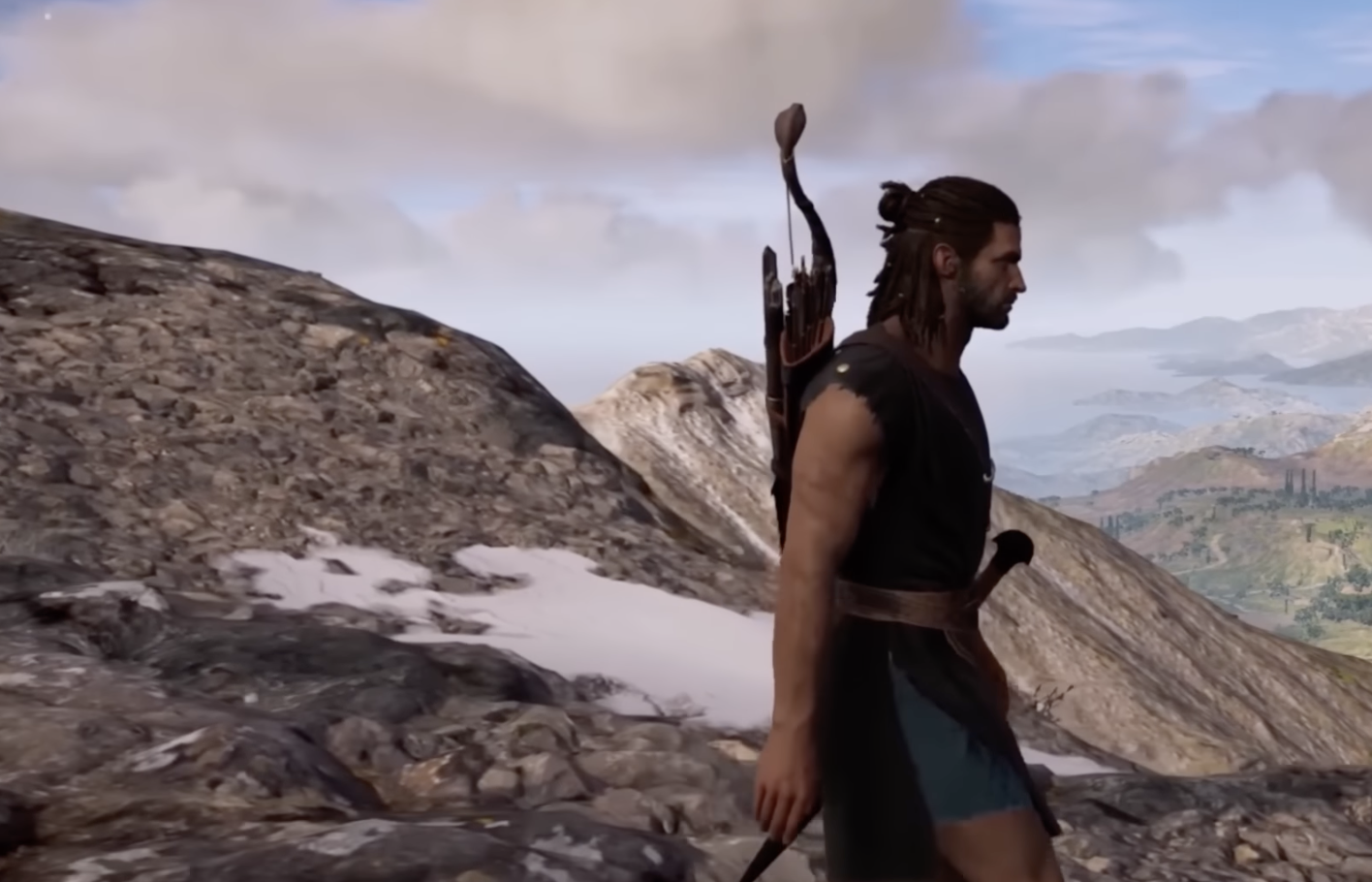
This week we present a critique of two very contrasting machinima productions – one took literally months to make and the other just a few days. In our first pick, the creator has asked: just how big are the maps in games these days? Well, vast actually – and quite frankly it blows our minds to think that so much effort has gone into answering the question. The film is called Longest Walkable Distances in a Video Game, by How Big is the Map. Our second film is a review of a creative experiment in Unreal Engine, called The Alchemist’s Confession by Cory Williams – it was inspired by a found marketplace asset and is experimental in a number of ways, not least in the five days it took to make it. Ricky highlights the weakness in the writing albeit the film is technically masterfully produced and acted, using mocap and LinkedIn (yep, you heard that correctly!). We also start this episode with some links we hope you enjoy and a discussion about the voice characterisation of G Man in the Half Life series.
YouTube Version of This Episode
Show Notes & Links
Longest Walkable Distances in a Video Game / Maps Size Comparison by How Big is the Map, released 2 Sept 2023
An Alchemist’s Confession by Cory Williams, released 27 September
and he’s also created a how to, Behind the Scenes
Fractal Pi video mentioned by Tracy, by Chirag Dudat –
All G Man’s speeches, by No Click –

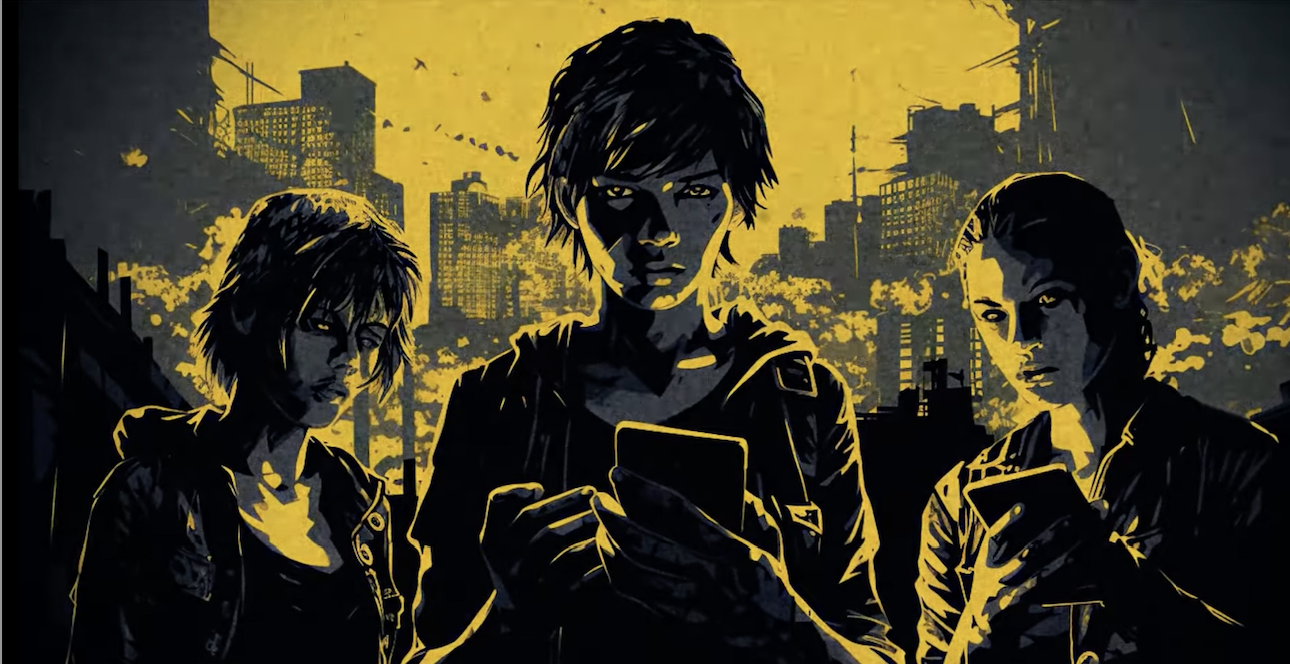


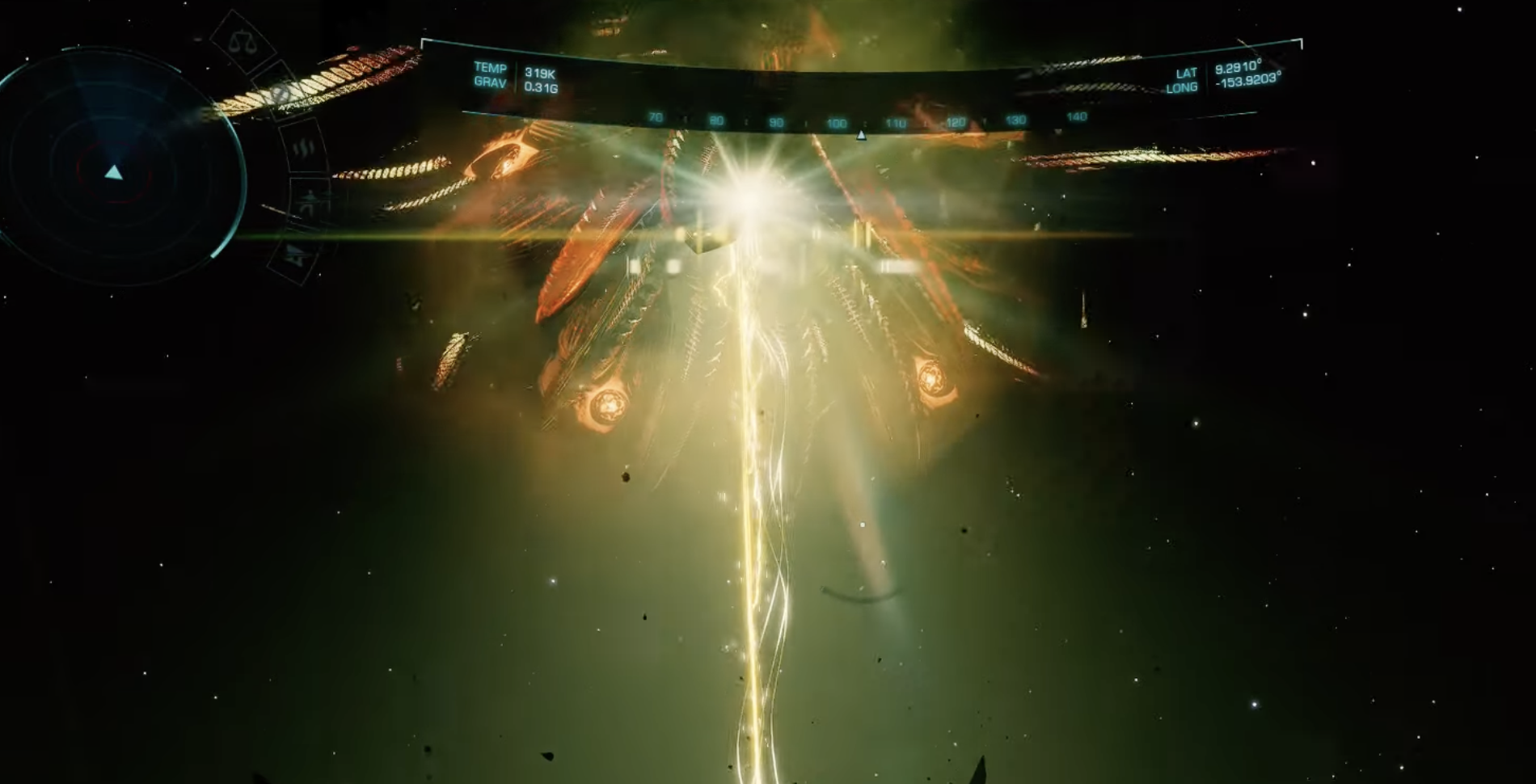

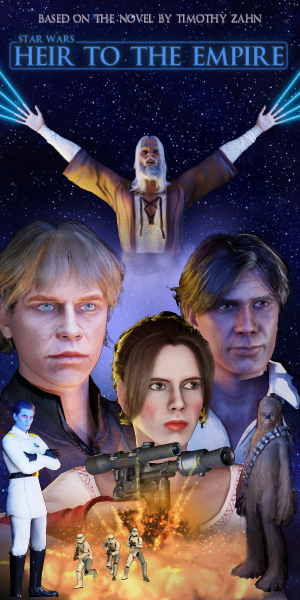
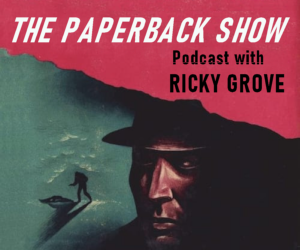
Recent Comments